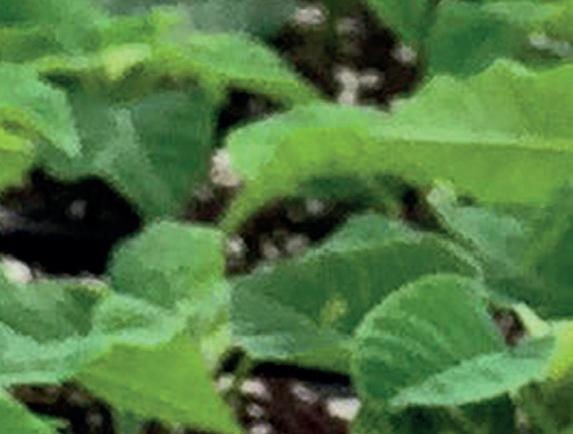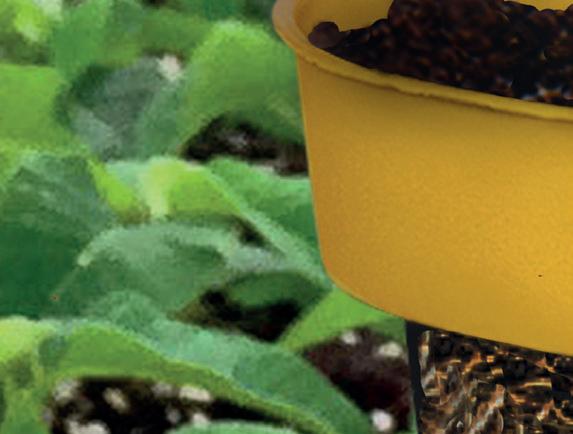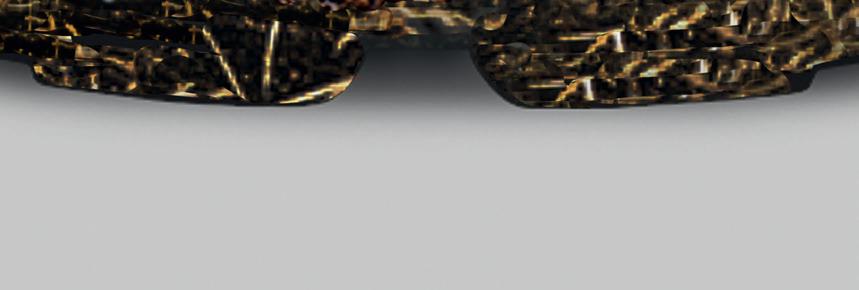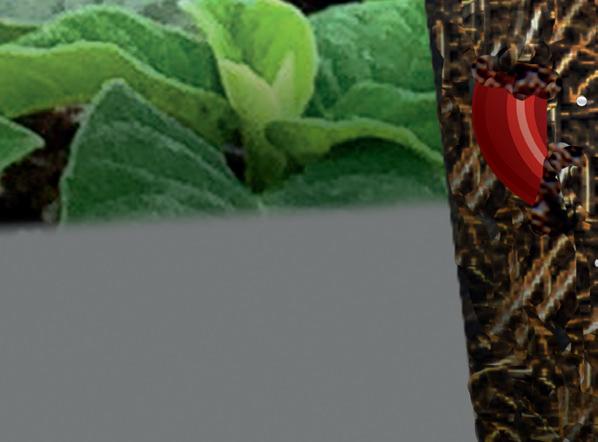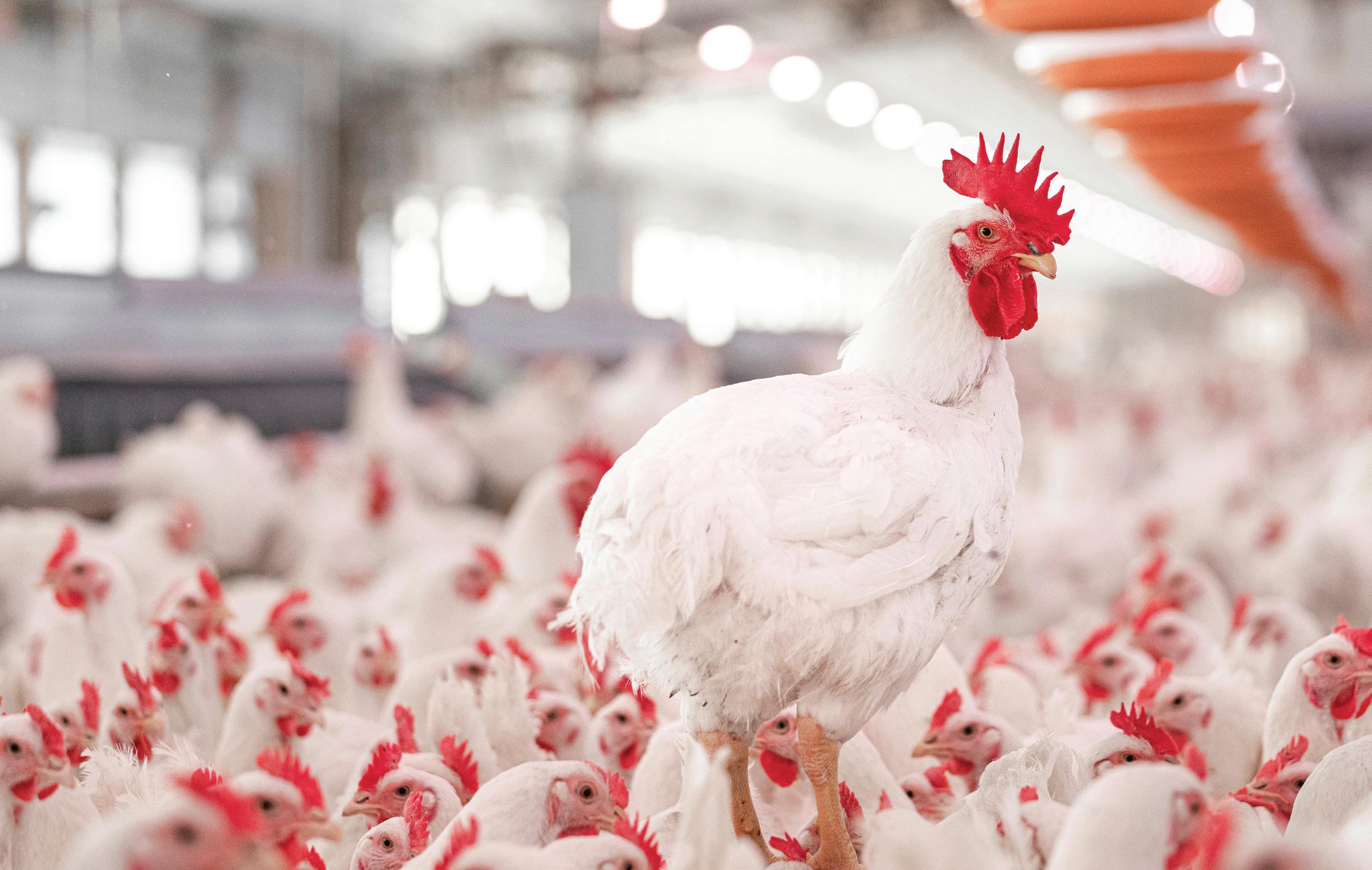
8 minute read
Animal Health
Organic trace minerals are more effectively absorbed and utilised by production animals.
VITAMINS AND TRACE MINERALS FOR OPTIMUM GROWTH
Advertisement
Vitamin and trace minerals are essential micronutrients that have many biological and metabolic functions in common. Even though they are only required in minimal amounts, both vitamins and trace minerals are necessary for optimum growth, reproductive function and health in all stages of poultry production.
Metabolic functions of vitamins and trace minerals are closely related, and it is well known that a deficiency of one can interfere with the utilisation of the other and vice versa. These types of nutrient interrelationships are complex. Aside from several vitamin-mineral synergisms (think of the beneficial relationship between vitamin E and selenium), there is also the opportunity for vitaminmineral antagonism (for example, excessive intake of copper can lead to a vitamin C deficiency). Antagonistic relationships are less known than synergistic effects but can have detrimental effects on animal health and performance. Excessive intake of a single vitamin or trace mineral can lead to disturbances by either creating a deficiency or overretention (toxicity) of another (Watts 1990).
Nutritionally induced deficiencies of specific vitamins and/or trace minerals are not uncommon and are usually brought about by over fortification. Over fortification of a single nutrient can potentially interfere with the utilisation of another nutrient, thus becoming an “antivitamin” or “antimineral”.
The tendency to overformulate, especially when it comes to trace minerals, is rooted in the fact that the industry still widely relies on inorganic sources of these essential nutrients. Inorganic trace minerals are known to be less available, and even though we rarely see severe
signs of deficiencies, marginal deficiencies due to antagonistic interactions and/or low availability of inorganic trace minerals are often reflected in poor intake, growth and performance. This can add up to substantial economic losses. Marginal deficiencies also tend to become more pronounced in situations that demand higher production, or when the animals are under stress.
Furthermore, it is well documented that when inorganic trace minerals are included within the vitamin/ mineral premix, it can have a significant adverse effect on vitamin stability.
According to Coelho (2010), vitamins are quite sensitive to their physical and chemical environment, with oxidationreduction reactions due to contact with trace minerals being the predominant cause of vitamin instability (Fenton type oxidising reactions). The type of trace mineral can have a significant effect on vitamin stability. Free metal ions, sulphates, carbonates and oxides (the primary forms of inorganic trace minerals used) are the most reactive, while chelates (a classification of organic trace minerals) are the least responsive. Therefore, the current practice of over fortification with inorganic trace minerals can inadvertently have a negative effect on vitamin stability and, thus, negatively impact animal health and performance indirectly. In order to overcompensate for vitamin instability, nutritionists often supplement with even higher levels of vitamins, which typically account for the variance between requirements and commercial recommendations we usually see in poultry diets. This approach is not only inefficient and costly but can be detrimental to animal health and the environment as well.
Less is more
One approach to overcome this negative effect associated with inorganic trace mineral supplementation and lessen the impact on vitamin stability is to eliminate all sources of inorganic trace minerals and replace with the more bioavailable organic form. Organic trace minerals are more effectively absorbed and utilised by production animals. It is, therefore, safe to assume that they can be included in lower amounts. The question as to “how much lower” has been answered by one company in particular: Alltech. Looking at several trials across different poultry production systems, the company has established guidelines for Total Replacement Technology (TRT), where replacement of inorganic trace minerals with Bioplex trace minerals is recommended at levels up to 30-50% lower than industry standards. This is also supported by the publication of the Brazilian Tables for Poultry and livestock, which distinguish between requirements and recommendations based on the form (inorganic or organic) of the mineral. It is important to note that lower recommendations for organic trace minerals across all stages of poultry production were based on extensive research with Bioplex trace minerals from Alltech.
In a study by the University of Kentucky, broilers were fed organic trace minerals at levels 75% lower than commercial levels for inorganics. These birds reached a desirable market weight in the standard six-week period and were in good overall health, even though they were fed only onequarter of the mineral ration of their inorganic-fed counterparts (Ao et al., 2009). These relative concentrations are below those traditionally recognised as necessary for meeting the birds’ requirements and emphasise the trend of unnecessary and unjustified overfortification when it comes to commercial poultry diets.
Other well-documented benefits of Bioplex trace mineral supplementation and the TRT approach are optimised growth, feed conversion ratio and meat quality in broilers, as well as improved egg production and eggshell quality in layers.
Bioplex minerals, at these lower recommended levels, thus offer poultry producers a more efficient approach that can maximise utilisation of vitamins in the diet. They also supply the animal with trace minerals in a form and at levels that are safe for the animal, the environment and are, ultimately, in the best interest of the consumer.
For more information, please visit www.alltech.com
In a study by the University of Kentucky, broilers were fed organic trace minerals at levels 75% lower than commercial levels for inorganics.
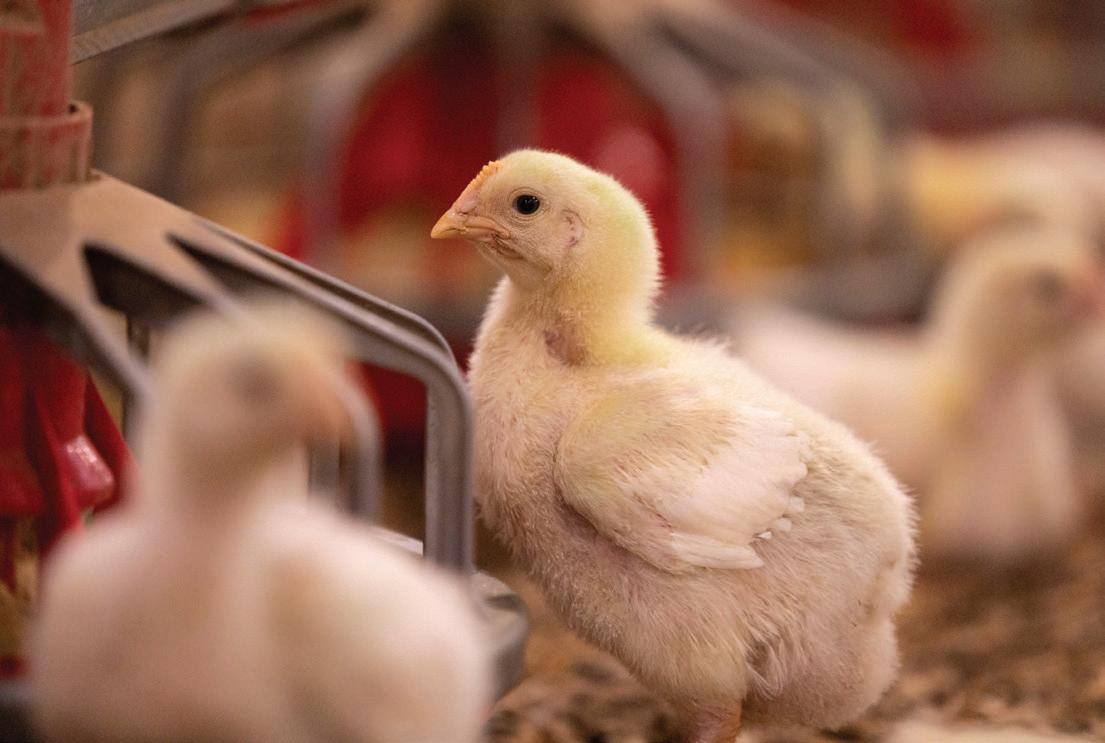


EVONIK OFFERS ECOBIOL, A BACILLUS BASED PROBIOTIC
Under the category of healthy nutritional solutions, Evonik offers a group of probiotics to help our customers maintain a sustainable animal production process. In the EMEA, Evonik offers Ecobiol, which is a Bacillus based probiotic. Ecobiol is promoted as an effective alternative for antibiotic growth promoters (AGPs) having at least the same animal performance but ensuring food safety.
Ecobiol is a unique strain of Bacillus amyloliquefaciens CECT 5940, registered in the EU, which means two important things that Ecobiol bacterial strain is not toxigenic and it does not have any antibiotic resistant genes.
As a science-based company, we did a lot of research on Ecobiol in different parts of the world. That helped us to know exactly how Ecobiol works inside the animal and how it adds to the animal performance and the animal protein quality. It can withstand the pelleting temperature up to 90 degrees and GIT stressors like the stomach acidity and bile salts. It is also compatible with other feed additives such as coccidiostats, certain antibiotics and organic acids.
Probiotics in general have different modes of action, which make them the best alternatives to replace AGPs. Ecobiol has four identified mechanisms by which it can be differentiated from any other product. It rapidly converted to the vegetative form and starts to propagate inside the intestine. It produces macrolactins and other specific secondary metabolites with a strong inhibitory activity against pathogens. It also produces Lactic acid, which supports the propagation of other beneficial bacteria, enhancing resistance to enteropathogenic bacteria.
Most importantly, Ecobiol ® maintains a balanced gut microflora through a mechanism called quorum quenching. Normally, bacteria communicate among each other through the production of different molecules, a phenomenon termed quorum sensing (QS). Blocking this communication is the quorum quenching (QQ).
Finally, yet importantly, Ecobiol can modulate the immune response of the animal based on the challenge level. That was very clear by monitoring the level of different proinflamatory cytokines like IL-8 and TNF- .
For the product applications, Ecobiol has different forms where it can be added to the premix, feed or even drinking water.
For more information, please visit www.evonik.com
RENNES FRANCE 15 - 18 SEPT. 2020
Substrates with highspeed for your plant growth
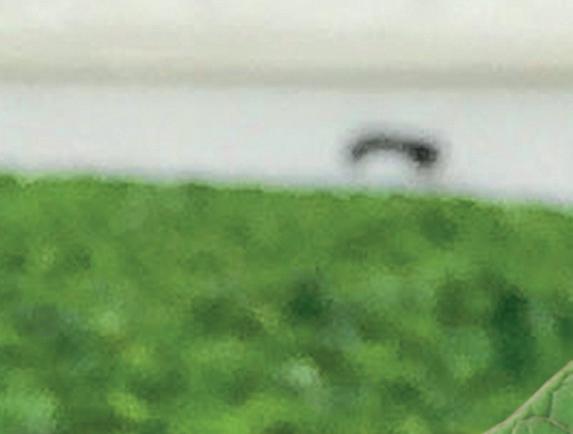
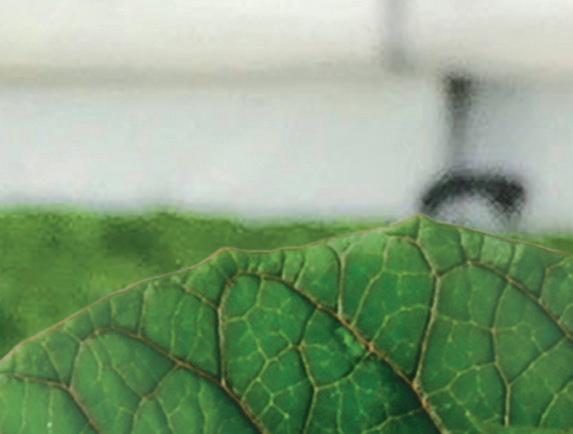



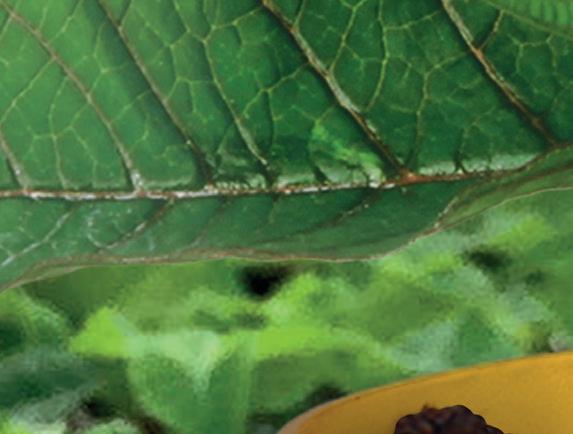
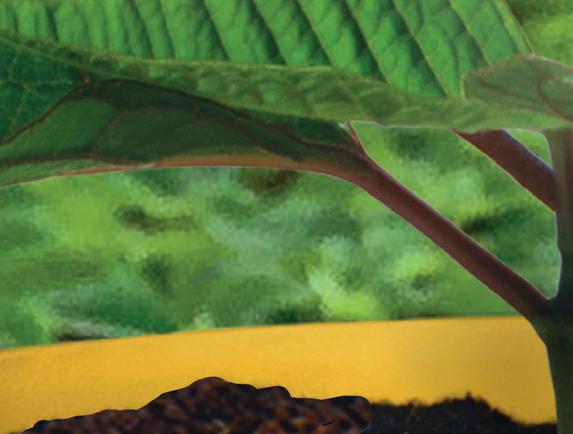
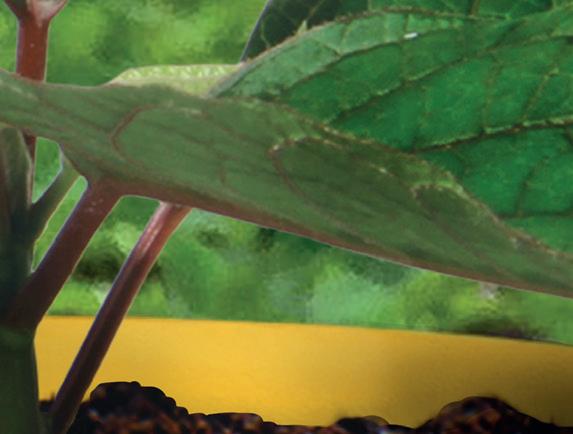





Mohamed Adel Zaraa Tel.: +39 335 716 15 37 Mail.: mozaraa@gmail.com Stender Agency for Arabic countries
